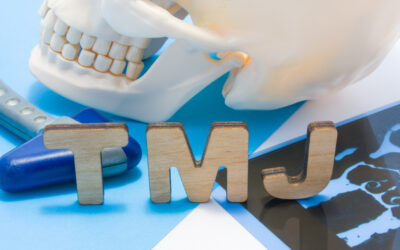Types of Dental Implants & How to Choose the Best One for You
Are you missing one or more teeth and have lost all confidence in social interactions?
People with missing teeth face a myriad of difficulties. Missing teeth can cause a loss of confidence to talk, smile, or indulge in social interactions. This condition can contribute to major insecurity, self-consciousness and can even lead to poor eating habits which include difficulty in chewing. Difficulty with proper mastication can create other health complications as well.
If you have this condition, and if you visit your dentist, chances are high that after an initial consultation, your dentist would suggest that you require dental implants. However, there is no need to get overwhelmed about how to choose the best one for you. As with your dental expert, you can discuss the following main types of dental implants and make an educated decision.
Endosteal Implants
Endosteal implants are among the most common types of implants best suited for most patients, no matter their condition. Although they require a strong jawbone structure and integrity to fuse the implants together, they are safe and effective. Sometimes endosteal implants are also used as an alternate option to bridges or removable dentures, making them a popular choice among people of all ages.
The implant itself can have three types of finishes:
- The Screw (Threaded) Type
- The Cylinder (Smooth) Type
- The Bladed Type
It is advisable to talk to your oral surgeon to determine which type would work the best for you, as the screwing of the endosteal implant will require sufficient jawbone density. They provide the most natural feeling and mouth stability without making the patient feel that they have something artificial embedded.
The only drawback patients often find when considering endosteal implants or dental implants, in general, is how long they take to heal before moving on from the first step. Drilling a titanium screw-like root deep under their gums where bone may be missing for stability and comfort against chewing food (or talking) requires time. Soft tissue needs to form around these screws then fully integrate with the bone so that once fully healed, dentists will attach an artificial tooth over the top of them which fits snuggly among other natural ones within your mouth cavity.
Subperiosteal Implants
A lesser-known but still possible alternative to endosteal implants is subperiosteal implants. They were mainly used in the past when people would opt for complete dentures, and sometimes they could be necessary if a patient had insufficient bone height as well. The process is much simpler than that of an endosteal implant due to its placement on top of the periosteum rather than inside it like with other methods, so now many patients opting for this procedure don’t have any trouble at all.
Rather than the screw being drilled in the jawbone, the subperiosteal implant sits on top of the bone structure, fixed underneath the gum. A metal frame is used to fix the implant under the gum with the post attached to it. For the complete success of the process, the gum surrounding the metal frame needs to heal to hold it in place as the false teeth are attached to the exposed poles.
Subperiosteal implants do not integrate with your jawbone and are only held in place with your gum’s soft tissue. Hence, even though the subperiosteal implants have a faster recovery and process completion time as it is completed just within two to three sittings without invasive oral surgery, it doesn’t have the same level of stability as an endosteal implant.
Moreover, now that you know about the two main types of dental implants, you can discuss this with your oral surgeon and see what they suggest as per your condition and requirements. However, if your jaw cannot support an implant and both the options are out of the question, your dental team may suggest other options.
Other Options
Several techniques have been recently developed and are in practice to rebuild bone and structural integrity and restore your natural jawline to provide a stable and strong base for an implant. These include:
- Bone augmentation techniques restore and restructure the jaw to support an implant which is can’t otherwise.
- Sinus lift or sinus augmentation, also known as the sinus elevation technique, involves adding an actual bone below the sinus if a bone structure has been injured or deteriorated.
- A ridge expansion is exactly what its name suggests, as it involves expanding your jaw through bone graft material being added to a small ridge along the top of your jaw.
Final Thoughts
Now that you know all about types of implants and other techniques that may help your jaw become eligible for one, you can have an educated discussion with a dental implant expert and ask them to clear any doubts whatsoever that you might have regarding your choice of implants.
Finding your long-lost smile and gaining your confidence back isn’t as challenging as it seems. Especially if you consult our dental experts at Santa Monica Center for Oral Surgery & Dental Implants, we are committed to providing our patients superior oral surgery care and can give you new teeth within a matter of time to get your smile and confidence back for the rest of your life. Call us to book our exam for dental implants today.



